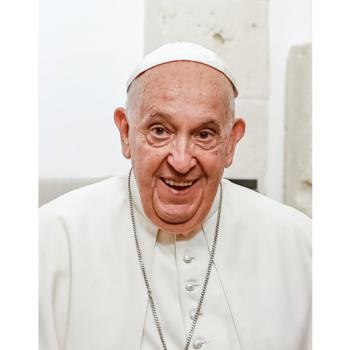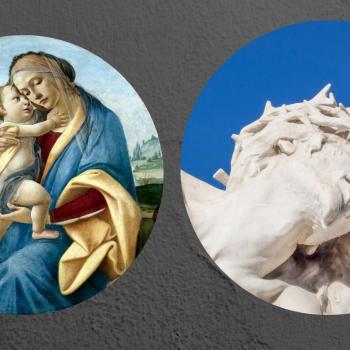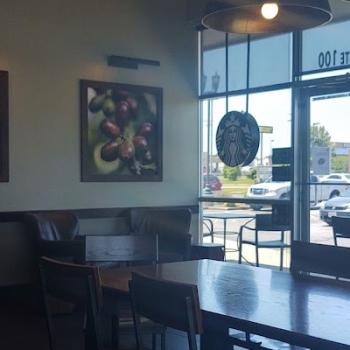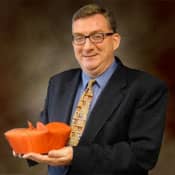In a country where the smallest amount of African ancestry defines one as Black, the Healys' biographer James O' Toole writes, these outstanding individuals had to spend their lives "passing for white." One can only imagine the toll it exacted. James was subject to bouts of depression, and Patrick was physically and emotionally burned-out before age 50. Perhaps the saddest part of their story is that they not only accommodated themselves to American racism, they internalized it. In time, they stopped thinking of themselves as anything but white, and so did their peers.
But when news of their background was made public in the 1950s, a Georgetown student defaced the portrait of Patrick Healy hanging on the all-white campus. It would be another decade before the university admitted African-American students. Today the university celebrates Healy's heritage as a symbol of its commitment to diversity. At the same time, it overlooks the fact that during his lifetime, great pains were taken to keep that information from ever reaching the public.
The Healy story mixes triumph with tragedy: triumph over the odds, tragedy in that they had to suppress aspects of their very selves in the process. To overlook this fact ultimately does them a disservice, and offers an incomplete portrait of the African-American Catholic experience. To deny the Healy family history its full richness is also to deny the very meaning of the word that defines Roman Catholics, "universal."





